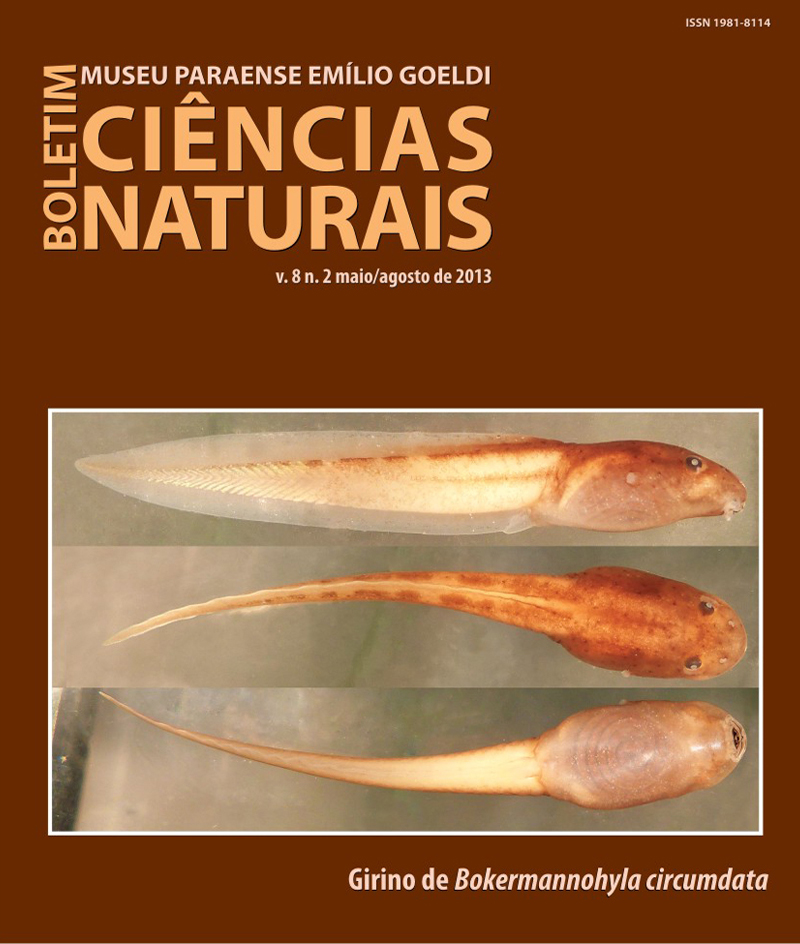Cartographic methodology for assessing aquifer recharge potential: a case study of the Paracatu river basin, Brazil
DOI:
https://doi.org/10.46357/bcnaturais.v8i2.571Keywords:
Hydrogeology, Aquifer recharge, Environment. Geoprocessing. Water resources.Abstract
This article presents a proposal for a methodology to demarcate and characterize areas that might be conducive to aquifer recharge. The guiding principle is the hydrogeological inference of areas uphill from springs. A kriging interpolation plane of the elevation of the springs is the basis for the delimitation of these areas. The characterization of recharge potential rests on lithostratigraphy, geomorphology, and soil studies, on climatological data, and on altimetric differential of springs and downstream watercourses. The maps suggest that the Western portion of the Paracatu basin would hold greater potential for recharge, followed by highland plateaus and table lands. These cartographic products may be useful to integrate the management of water resources and land use.
Downloads
Published
Issue
Section
License
Publication means fully assigning and transferring all copyrights of the manuscript to the journal. The Liability Statement and
Assignment of Copyrights will be enclosed with the notice of acceptance. All the authors must sign the document and return it to the journal.






